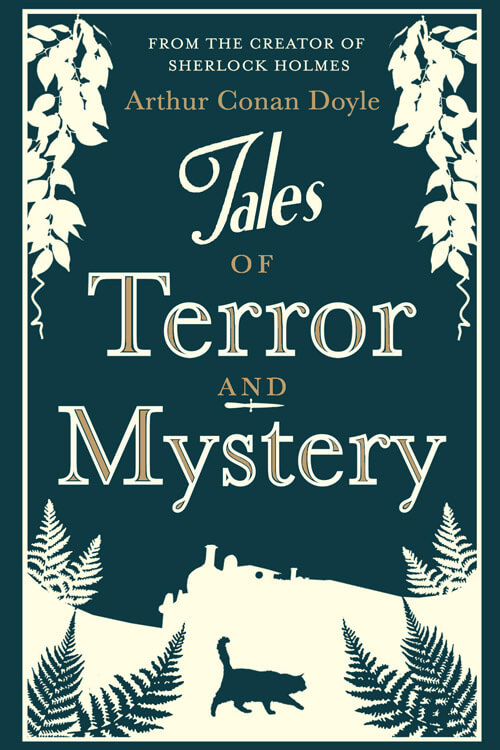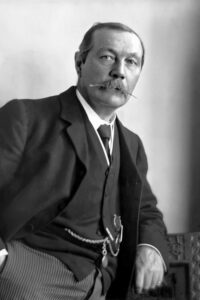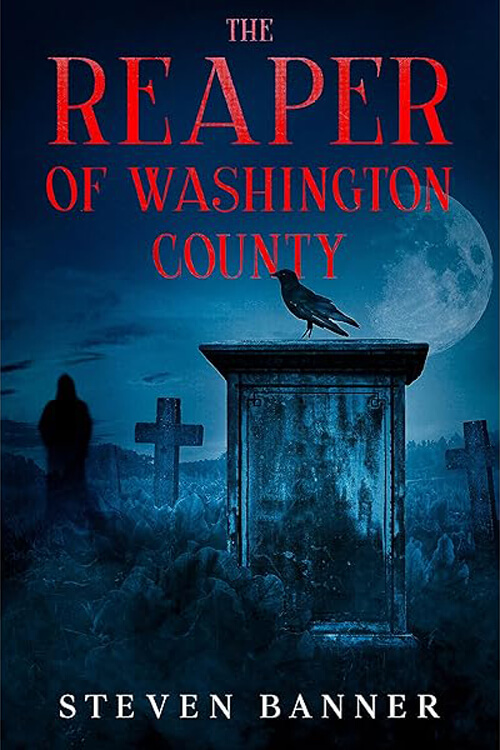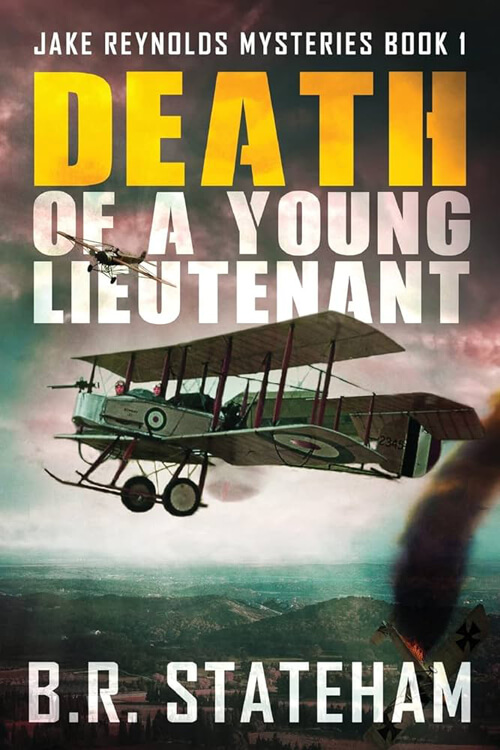
Tales of Terror & Mystery
It is worth remarking that after his complete disappearance, it was found that his private affairs were arranged with precision, which may show that he had a strong suspicion of disaster. With these essential explanations, I will now give the narrative exactly as it stands, beginning at page three of the blood-soaked note-book:
“Nevertheless, when I dined at Rheims with Coselli and Gustav Raymond, I found that neither of them was aware of any particular danger in the higher layers of the atmosphere. I did not say what was in my thoughts, but I got so close to it that if they had any corresponding idea, they could not have failed to express it. But then they are two empty, vainglorious fellows with no thought beyond seeing their silly names in the newspaper. It is interesting to note that neither of them had ever been much beyond the twenty-thousand-foot level. Of course, men have been higher than this both in balloons and in the ascent of mountains. It must be well above that point that the aeroplane enters the danger zone—always presuming that my suspicions are correct.
“Aeroplaning has been with us for more than twenty years, and one might well ask: Why should this peril only reveal itself in our day? The answer is obvious. In the old days, with weak engines, flights were very restricted when a hundred horsepower Gnome or Green was considered ample for every need. Now that three hundred horse-power is the rule rather than the exception, visiting the upper layers has become more accessible and familiar. Some of us can remember how, in our youth, Garros made a worldwide reputation by attaining nineteen thousand feet, and it was considered a remarkable achievement to fly over the Alps. Our standard now has been immeasurably raised, and there are twenty high flights for one in former years. Many of them have been undertaken with impunity. The thirty-thousand-foot level has been reached time after time with no discomfort beyond cold and asthma. What does this prove? Visitors might descend upon this planet a thousand times and never see a tiger. Yet tigers exist, and if he chanced to come down into a jungle, he might be devoured. There are jungles of the upper air, and there are worse things than tigers that inhabit them. I believe that, in time, they will map these jungles accurately. Even at the present moment, I could name two of them. One of them lies over the Pau-Biarritz district of France. Another is just over my head as I write here in my house in Wiltshire. I instead think there is a third in the Homburg-Wiesbaden district.
Read or download Book
Arthur Conan Doyle
Sir Arthur Ignatius Conan Doyle KStJ, DL (22 May 1859 – 7 July 1930) was a British writer and physician. He created the character Sherlock Holmes in 1887 for A Study in Scarlet, the first of four novels and fifty-six short stories about Holmes and Dr. Watson. The Sherlock Holmes stories are milestones in the field of crime fiction.
Biography.
Doyle was a prolific writer; other than Holmes’s stories, his works include fantasy and science fiction stories about Professor Challenger, and humorous stories about the Napoleonic soldier Brigadier Gerard, as well as plays, romances, poetry, non-fiction, and historical novels. One of Doyle’s early short stories, “J. Habakuk Jephson’s Statement” (1884), helped to popularise the mystery of the Mary Celeste.
Name
Doyle is often referred to as “Sir Arthur Conan Doyle” or “Conan Doyle”, implying that “Conan” is part of a compound surname rather than a middle name. His baptism entry in the St Mary’s Cathedral, Edinburgh register gives “Arthur Ignatius Conan” as his given name and “Doyle” as his surname. It also names Michael Conan as his godfather. The catalogues of the British Library and the Library of Congress treat “Doyle” alone as his surname.
Steven Doyle, publisher of The Baker Street Journal, wrote: “Conan was Arthur’s middle name. Shortly after he graduated from high school, he began using Conan as a surname. But technically, his last name is ‘Doyle’.” When knighted, he was gazetted as Doyle, not under the compound Conan Doyle.
Doyle’s first novels were The Mystery of Cloomber, which was not published until 1888, and The Unfinished Narrative of John Smith, published only posthumously in 2011. He amassed a portfolio of short stories, including “The Captain of the Pole-Star” and “J. Habakuk Jephson’s Statement”, both inspired by Doyle’s time at sea. The latter popularised the mystery of the Mary Celeste and added fictional details such as that the ship was found in perfect condition (it had taken on the water by the time it was discovered) and that its boats remained on board (the single boat was missing). These fictional details have come to dominate popular accounts of the incident. Doyle’s alternative spelling of the ship’s name, the Marie Celeste, has become more commonly used than the original spelling.
Between 1888 and 1906, Doyle wrote seven historical novels, which he and many critics regarded as his best work. He also wrote nine other books and—later in his career (1912–29)—five narratives (two of novel length) featuring the irascible scientist Professor Challenger. The Challenger stories include his best-known work after the Holmes oeuvre, The Lost World. His historical novels include The White Company and its prequel, Sir Nigel, set in the Middle Ages. He was a prolific author of short stories, including two collections set in Napoleonic times and featuring the French character Brigadier Gerard.
Doyle’s works for the stage include Waterloo, which centres on the reminiscences of an English veteran of the Napoleonic Wars and features a character Gregory Brewster, written for Henry Irving; The House of Temperley, the plot of which reflects his abiding interest in boxing; The Speckled Band, adapted from his earlier short story “The Adventure of the Speckled Band”; and an 1893 collaboration with J. M. Barrie on the libretto of Jane Annie.






